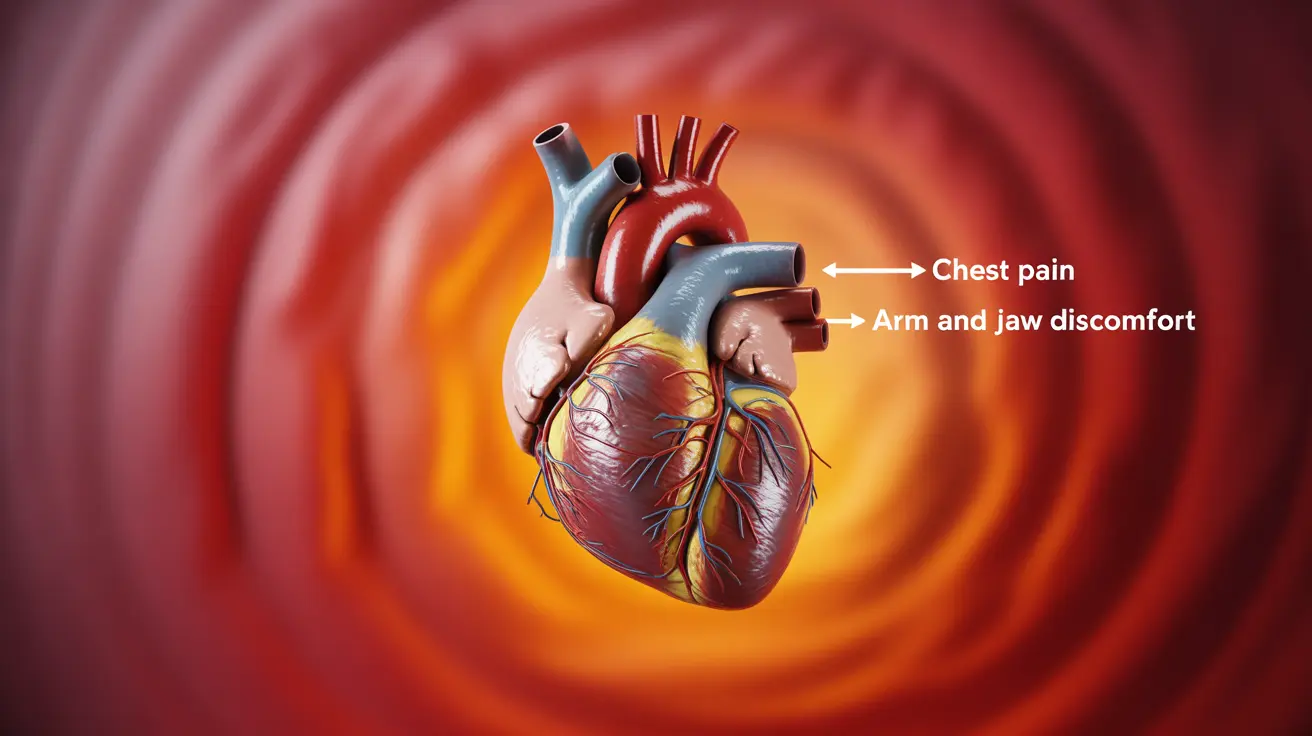Finding a foreign object lodged in the nose can be distressing, especially when it happens to children. This common occurrence requires prompt attention to prevent complications and ensure safe removal. Understanding the signs, proper removal techniques, and when to seek medical help is crucial for managing this situation effectively.
While this situation most commonly affects young children who may intentionally insert objects into their nostrils, it can happen to anyone. Quick identification and appropriate action are essential for preventing potential complications and ensuring the best possible outcome.
Common Signs and Symptoms
Recognizing the presence of a foreign body in the nose is the first step toward appropriate treatment. Key indicators include:
- Visible object in the nostril
- Unilateral nasal discharge
- Foul-smelling drainage from one nostril
- Frequent nose touching or rubbing
- Difficulty breathing through the affected nostril
- Persistent sneezing
- Occasional nose bleeding
Types of Foreign Objects and Their Risks
Various objects can become lodged in the nose, with some presenting more significant risks than others:
Common Objects
- Small toys and beads
- Food items
- Paper or tissue
- Small stones or pebbles
- Cotton fragments
High-Risk Objects
Button batteries require immediate medical attention due to their potential to cause severe tissue damage within hours. These small, disc-shaped batteries can lead to:
- Chemical burns
- Tissue necrosis
- Septal perforation
- Serious structural damage
Safe Removal Guidelines
When to Attempt Home Removal
Home removal should only be attempted if:
- The object is clearly visible
- The person is calm and cooperative
- The object is not deeply lodged
- No previous removal attempts have failed
Professional Medical Care
Seek immediate medical attention if:
- The object is a button battery
- Multiple removal attempts have failed
- Bleeding occurs
- The object is sharp or potentially dangerous
- There's significant pain or discomfort
Prevention Strategies
Preventing foreign bodies from entering the nose is ideal. Consider these preventive measures:
- Keep small objects out of young children's reach
- Supervise playtime with small toys
- Teach children about the dangers of putting objects in their nose
- Store button batteries securely
- Regular safety checks of toys and small items
Frequently Asked Questions
What are the most common signs and symptoms of a foreign body in the nose?
The most common signs include visible objects, one-sided nasal discharge, unpleasant smell from the nose, nose rubbing, breathing difficulties through the affected nostril, and frequent sneezing.
How should a foreign object in the nose be safely removed, and when is medical help necessary?
Foreign objects should only be removed at home if clearly visible and easily accessible. Medical help is necessary for button batteries, failed removal attempts, bleeding, or when the object is sharp or deeply lodged.
What types of objects commonly get stuck in children's noses, and why are button batteries especially dangerous?
Common objects include beads, toys, food, and paper. Button batteries are particularly dangerous because they can cause severe chemical burns and tissue damage within hours of insertion.
What complications can arise if a foreign body in the nose is not removed promptly?
Potential complications include infection, tissue damage, chronic sinusitis, septal perforation (especially with button batteries), and respiratory problems if the object moves deeper into the nasal passage.
Are there any effective home remedies or first aid steps to try before seeing a healthcare professional for a foreign body in the nose?
While professional care is often safest, you can try having the person breathe through their mouth while gently blocking the unaffected nostril and blowing out. However, this should only be attempted once and only if the object is clearly visible. If unsuccessful, seek medical help immediately.




